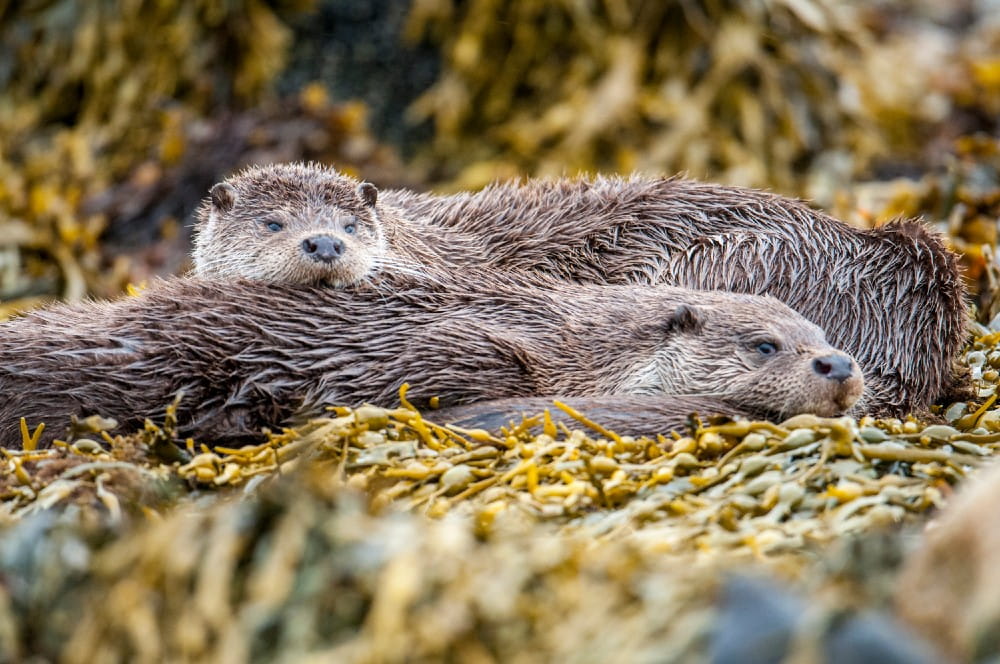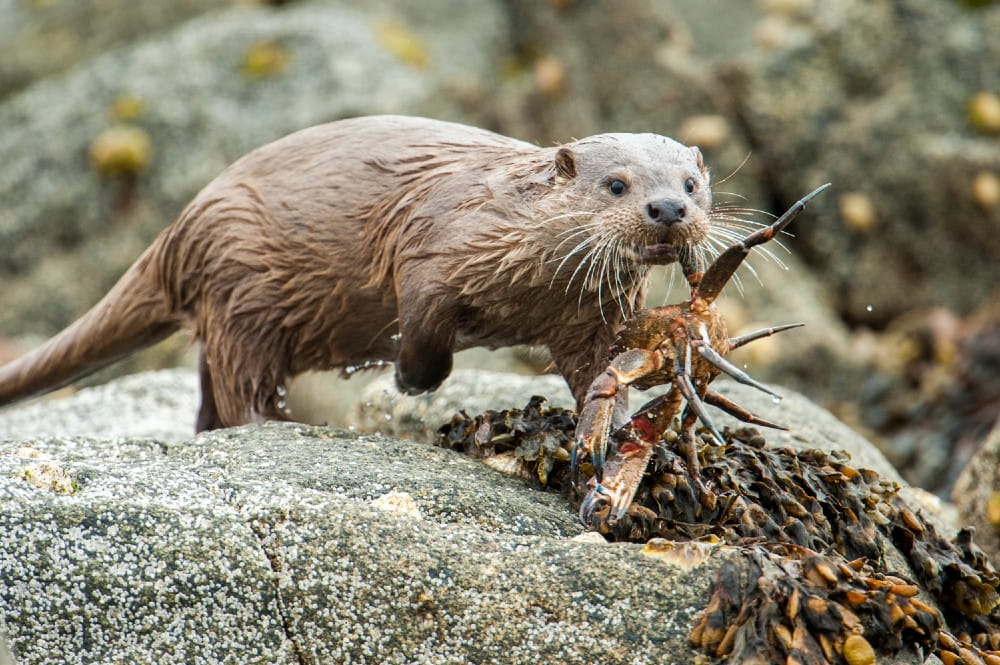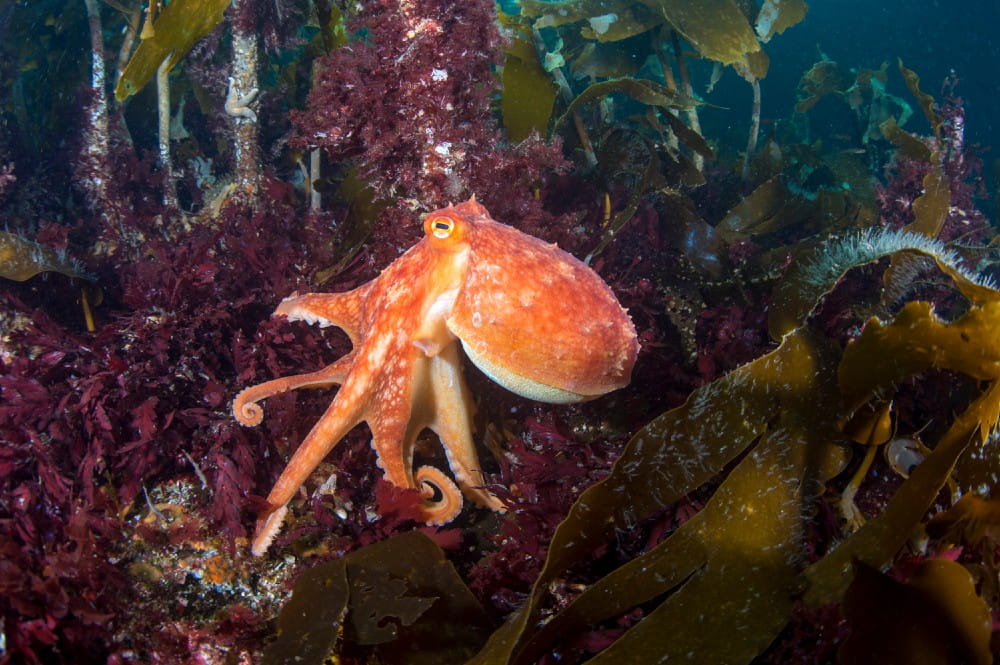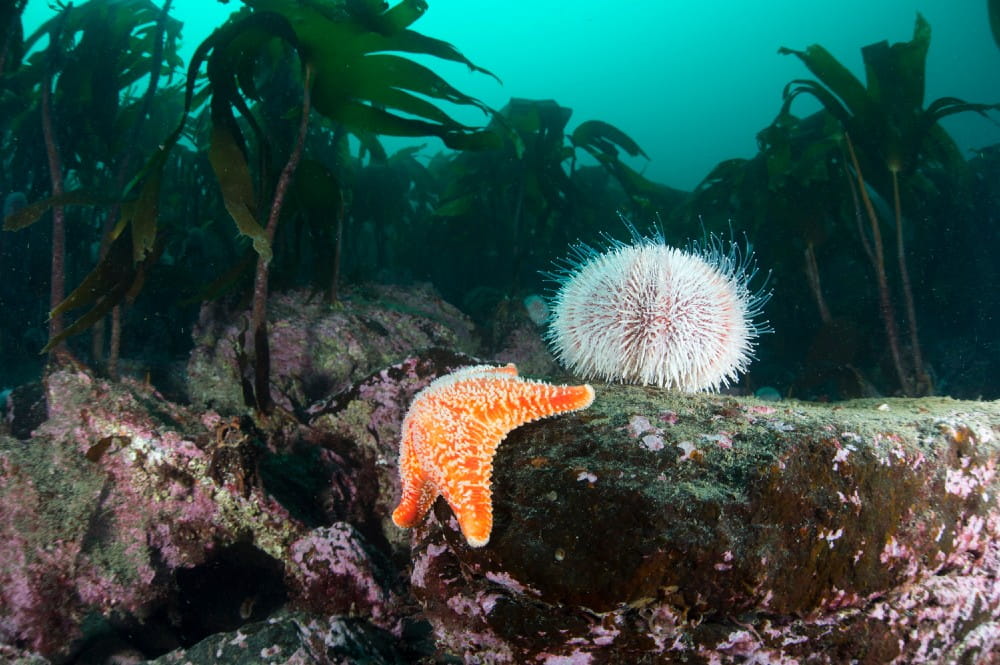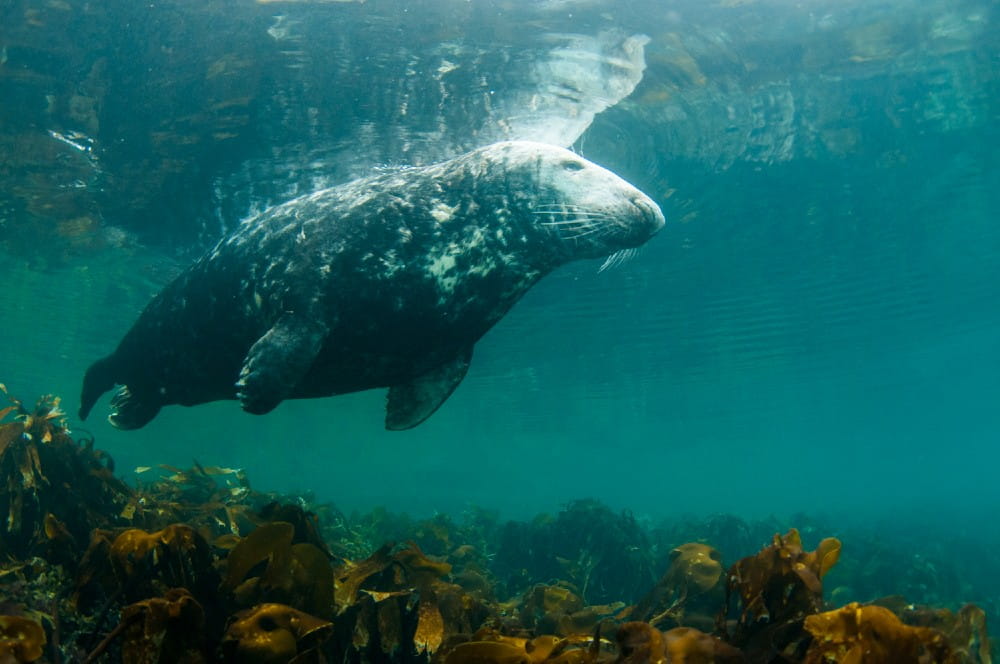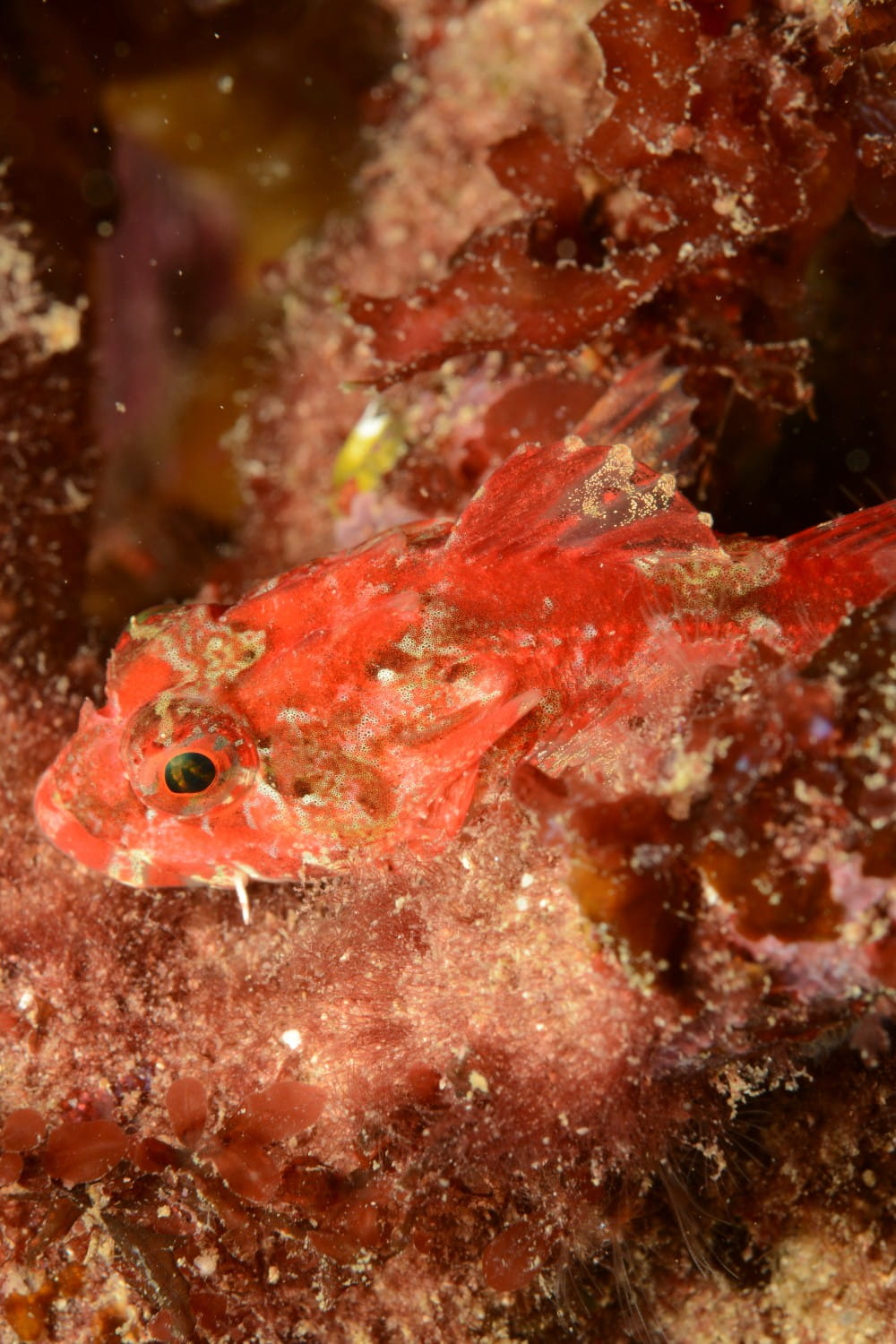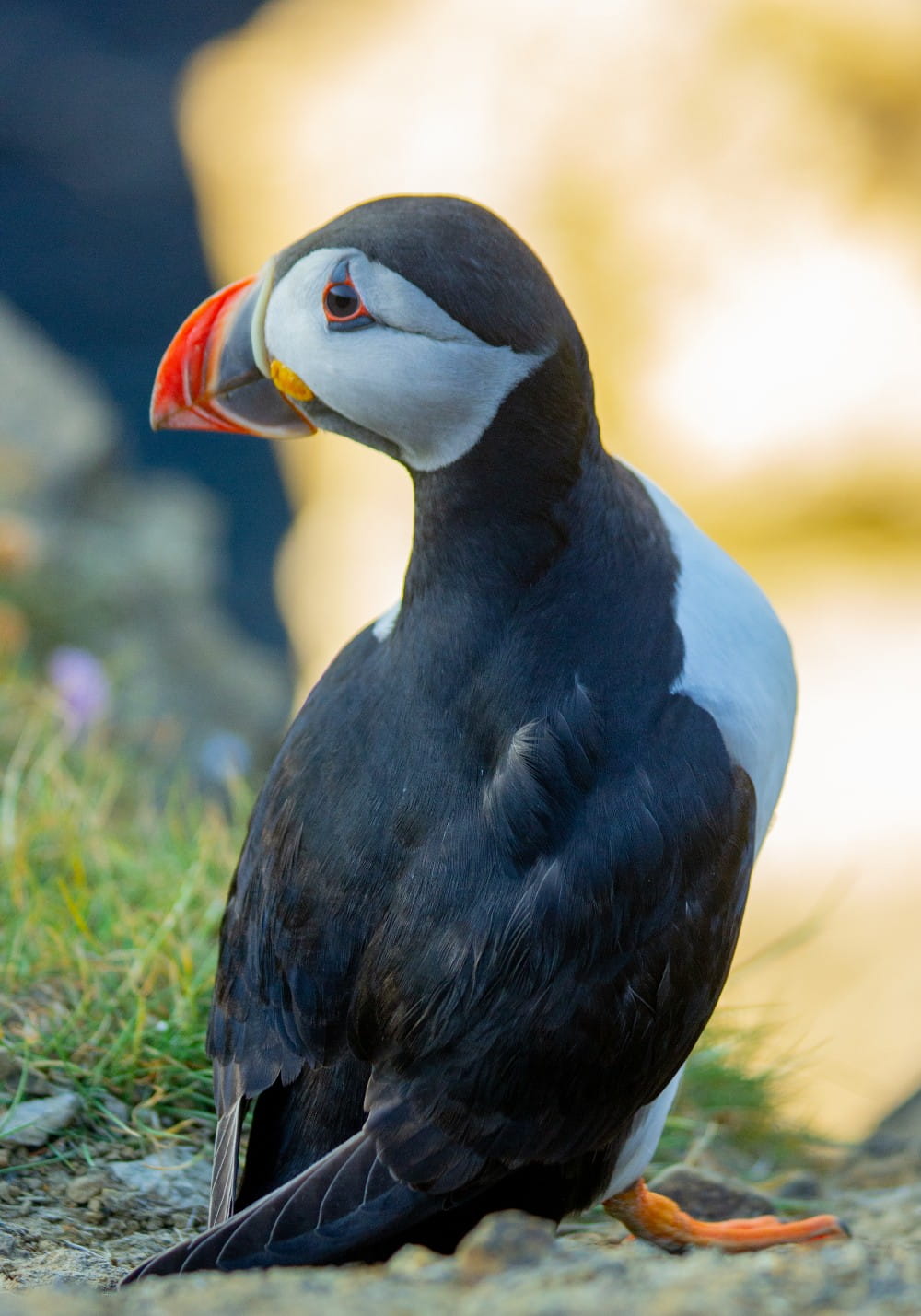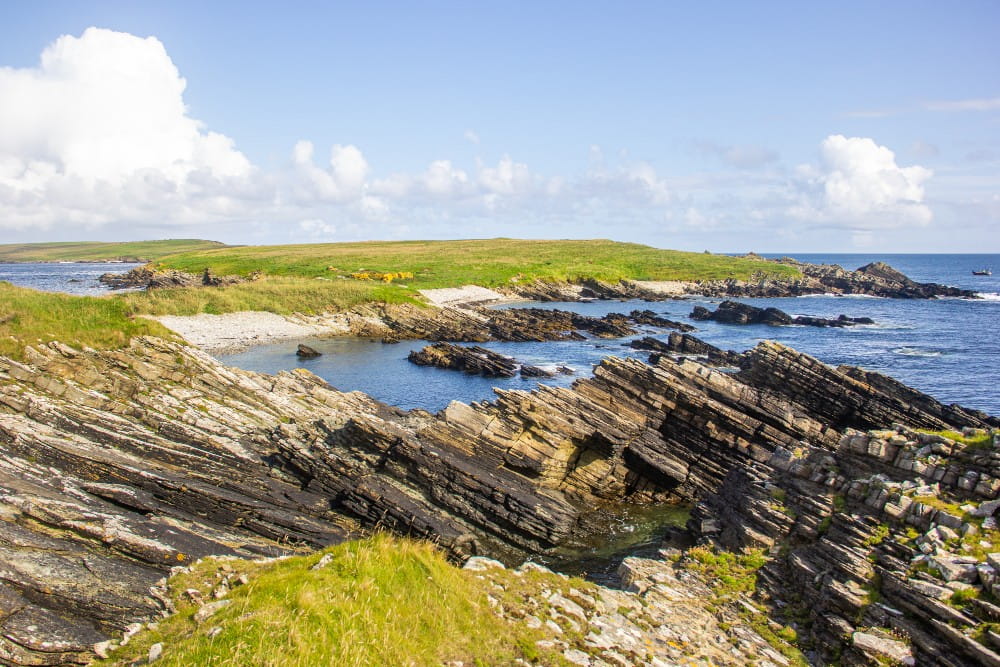

The island of Eday lies at the heart of the North Isles and hosts a community of around 150 people.
Otter and selkie tales
Introduction
The island of Eday lies at the heart of the North Isles and hosts a community of around 150 people. The island is 13 km long and 4 km wide at its widest point and is made up of two areas of grassland and hilly moorland joined by a narrow isthmus just over 500 metres wide. Swiftly flowing tidal streams surround Eday’s dramatic and varied coastline. These powerful tidal currents are a base for the world-leading European Marine Energy Centre (EMEC). More than 15 tidal energy devices have been tested in the Fall of Warness tidal race, to the south-west of the island. EMEC and the local community have also collaborated to create a ground-breaking green hydrogen production facility powered by the island’s wind and tidal energy resources.
Neighbouring Eday are the much smaller isles of Faray, Holm of Faray, Calf of Eday, Muckle Green Holm, and Little Green Holm.
Birds
Eday and its neighbouring islands are home to an abundance of birdlife. Breeding seabirds are particularly abundant on the Calf of Eday and surrounding waters. On Eday, red-throated divers (“loons” or “rain goose”) nest at the Mill Loch. The moorland areas support numerous breeding birds including Arctic skua (“scootie allan”), great skua (“bonxie”) and short-eared owl (“cattie-face”). Remarkably, a male snowy owl has regularly taken up residence at the north end of Eday since 2017. This very large, bright white bird can often be spotted standing on its favourite fence posts, looking somewhat out of place against the much darker brown and green vegetation.
Otter
The charismatic otter is a semi-aquatic mammal related to badgers, pine martins, stoats and weasels. Otters are one of Orkney’s most elusive creatures, typically most active at dusk and dawn, and on Eday they are most likely to be seen foraging along low-lying rocky coastlines. Their carnivorous diet consists mainly of marine life including fish, crabs and octopuses. While nearby Shetland’s otter population is one of the best studied in the UK, comparatively little is known about the otters in Orkney. Although signs of otters, including spraint (faeces), footprints, and holts (where they breed and rest) can often be spotted around Orkney’s coasts, suggesting that otters are widespread, otter sightings are much less common. Researchers continue to survey Eday and other islands to learn about the resident otters’ habits and behaviour, and to establish the size and distribution of Orkney’s otter population.
Seals
Seals, or “selkies” in local dialect, are much easier to spot on Eday than otters. Seals spend most of their time at sea but can often be seen hauled out around the coastline. They come ashore to rest between feeding expeditions as well as to breed and moult. Orkney is home to two species: the grey seal (Halichoerus grypus) and the smaller harbour (common) seal (Phoca vitulina). Grey seals can be identified by their long straight snouts whereas harbour seals have a more dog-like facial appearance.
The relatively undisturbed islands of Faray and Holm of Faray support an internationally significant colony of grey seals, which breed there from October to December. Grey seal pups, with their characteristic white furry coats, are born on land in the same nursery areas each year. Young grey seal pups are very vulnerable and are fully dependent on their mothers until they are weaned. Only when they moult into their adult coats will they be ready to go to sea independently.
Harbour seal pups are born earlier in the year, in June and July. In contrast to grey seal pups, harbour seal pups are born with their mottled adult coat and are ready to swim with their mothers within a few hours of birth.
Faray and Holm of Faray are important sites for marine mammal conservation. As a result, these islands and their neighbouring waters have been designated as protected areas for seal populations.
External resources
- In 2015 an 8-month study was conducted on Eday to observe, photograph, film and record Orkney's elusive otters. Click to read about the experience and view sightings caught by the trail cameras
- NILPS' North Isles Community Wildlife Recording project will, in part, increase understanding of the distribution and population status of otters in each of the North isles, as well as estimate the number of otters present across the whole of Orkney. Click to read about the project and how to get involved by reporting otter sightings
- Learn more about Orkney’s selkie-folk from the local heritage website Orkneyjar
- Click to learn the difference between grey and harbour seals from the Sea Mammal Research Unit
- The Sea Mammal Research Unit’s Harbour Seal Decline project seeks to investigate the cause of regional declines in harbour seal numbers. Click to read more about their research efforts
- Orkney’s North Isles present a fantastic opportunity for wildlife watching; however any activities must minimise disturbance to Scotland’s marine life. NatureScot is Scotland’s nature agency with 30 years’ experience of advising the Scottish Government, and it has also produced the Scottish Marine Wildlife Watching Code (SMWWC) to guide users on the code of conduct for responsible wildlife watching
Conservation
- SiteLink is a resource managed by NatureScot for information and downloads related to conservation designations. Click to explore more information about the Faray and Holm of Faray SAC, as well as
- Sites of Special Scientific Interest are designations to protect features of land or water that are considered to best represent Scotland’s natural heritage, and many are also designated as SACs or SPAs. Click to learn more
Community
- Off the west of Eday is a fast-flowing tidal stream, known as the Fall of Warness, which is used by the Orkney-based European Marine Energy Company (EMEC) as a tidal energy device test facility. Click to learn more
- Orkney is renowned for its abundant natural energy resources. On Eday, the Surf ‘n’ Turf project uses surplus electricity generated from renewable energy to split water, making hydrogen gas as a fuel. The hydrogen gas is transported to Kirkwall on Mainland where it is used to provide electricity for island ferries and vehicles. Click to explore more about this innovative community project
